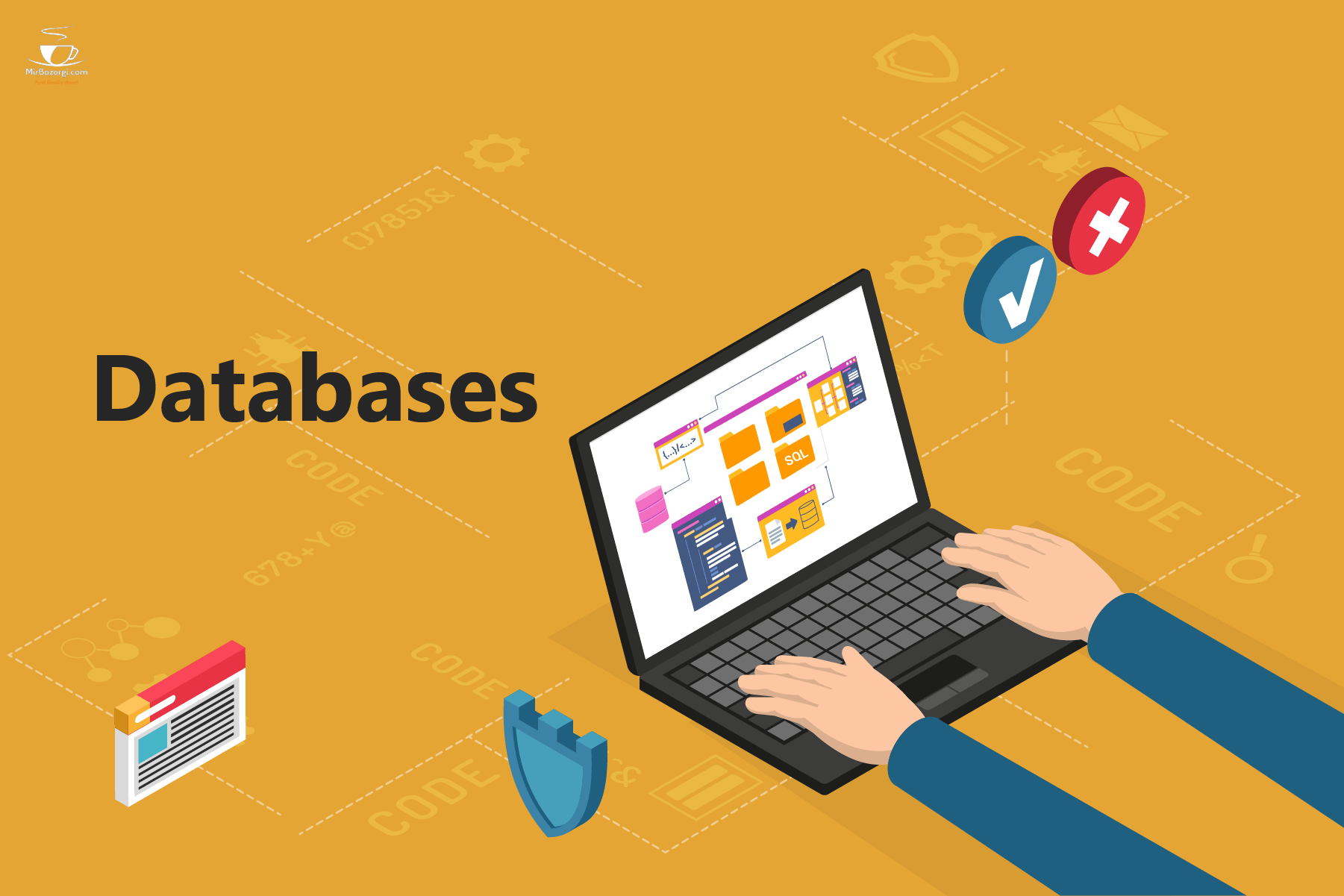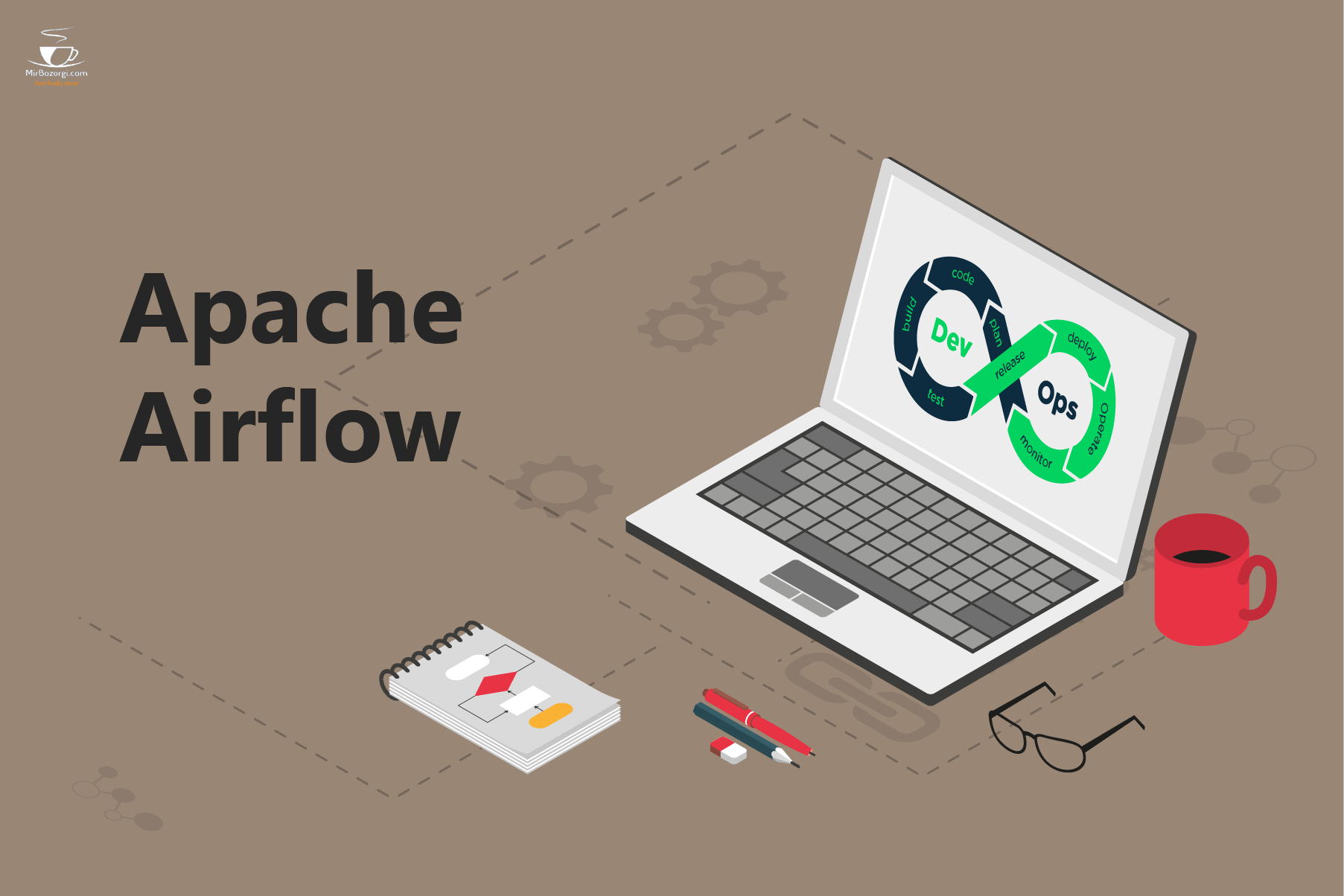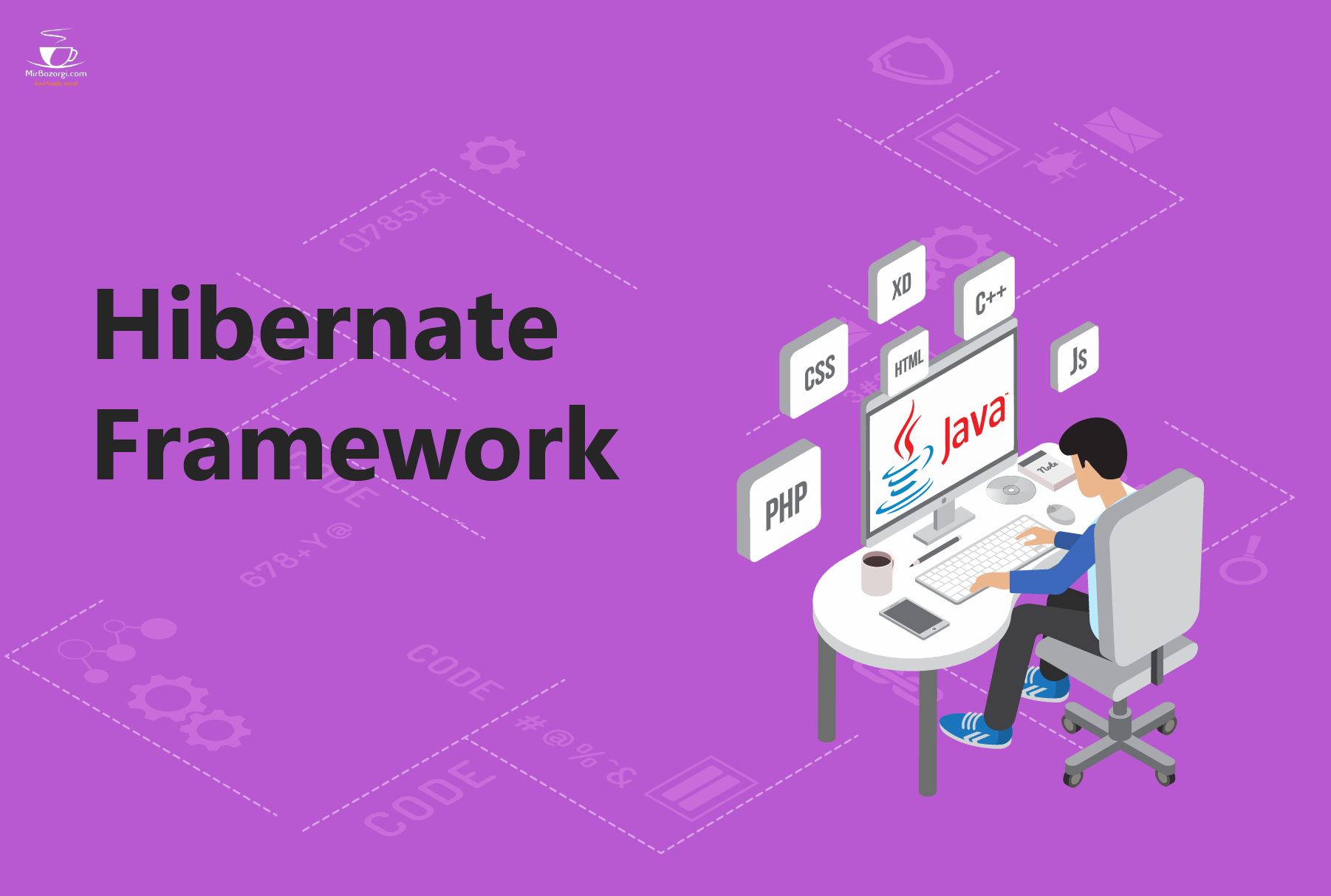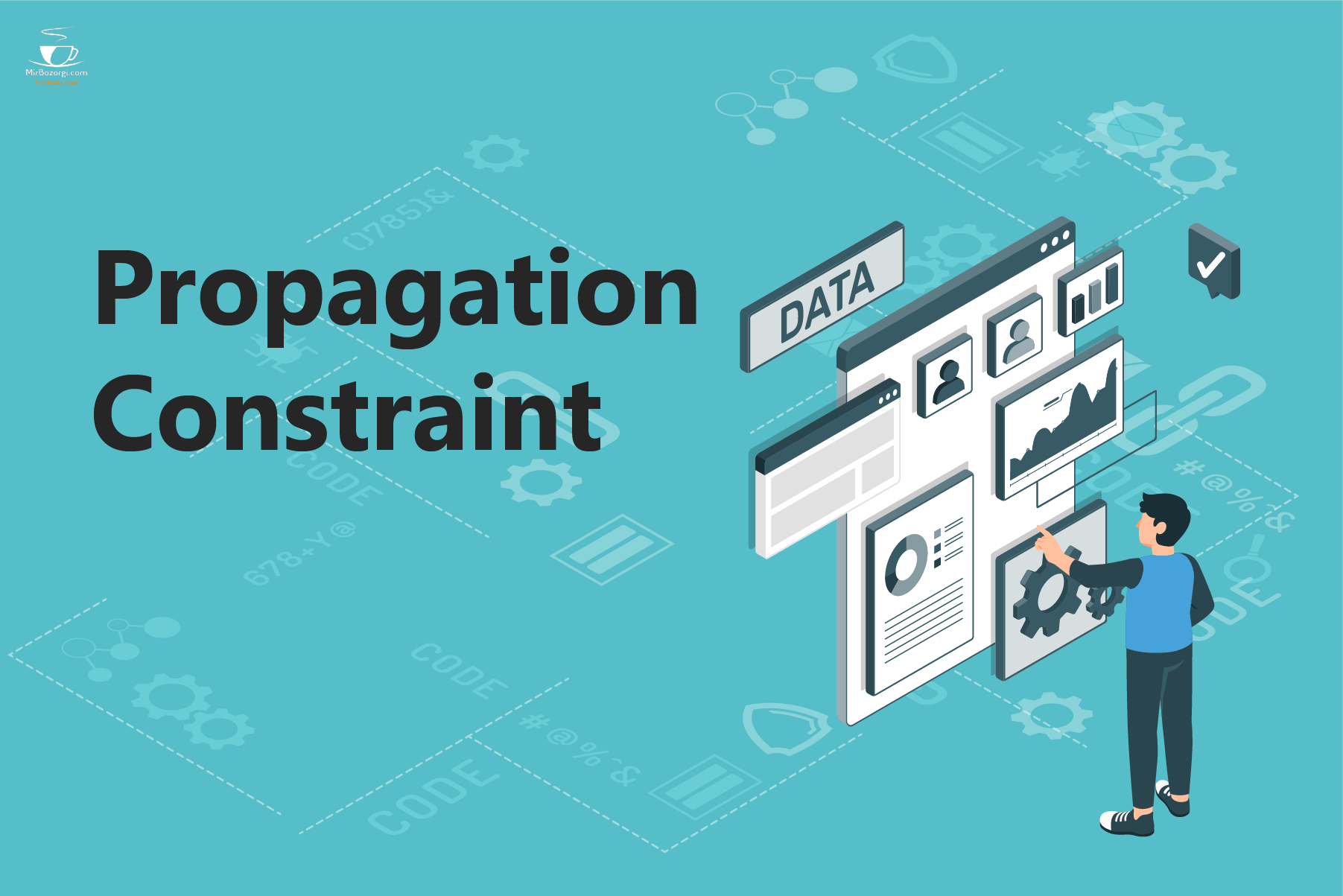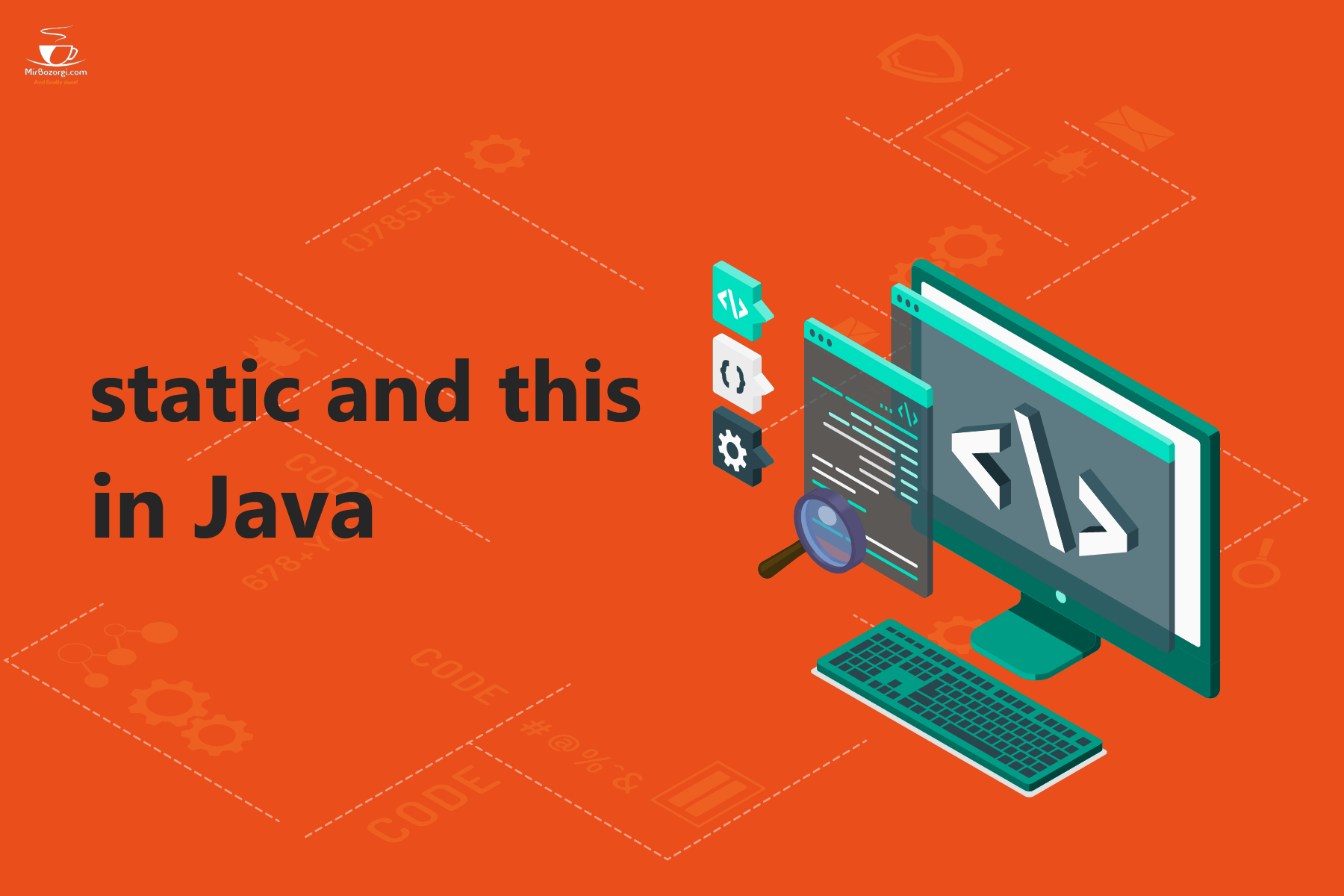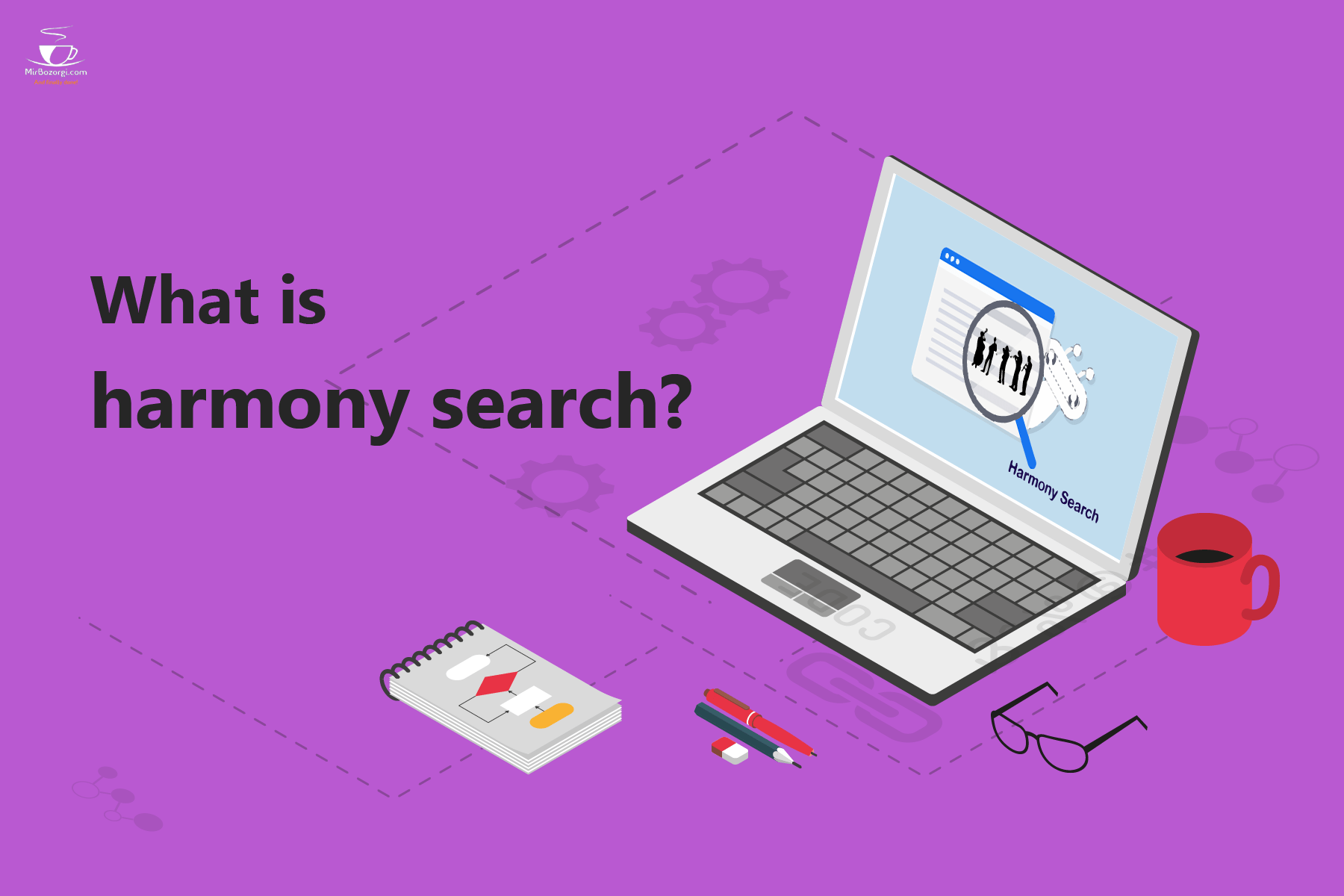What you read in this article:
How many types of databases do we have?
A database is a place that stores and maintains system data. If we want to name this database segmentation for you, we must say that the database is generally divided into two categories. SQL and NoSQL. These two types of databases are very different from each other. Their differences are categorized in how they are made, how they are stored, and the type of information that can be stored on them. SQL Database is a relationship database and has a clear structure like the list of contacts in mobile phones. NoSQL is non-relational and document based. Like the various folders in a cell phone, each with specific information. In the continuation of this article, I, Arsalan Mirbozorgi, intend to explain the differences between these two databases in full and explain the features of each to you in simple language.

SQL relational databases:
Earlier we talked to you about the big difference between the two databases and said that the way the data is organized by each of these databases shows the difference between them. In general, the method of classifying information in SQL databases is quite strict. This is so strict that the data in this database is very neatly organized. This classification model was designed and introduced by IBM in the year 1970. Data in databases can have different tables. Each of these tables has a number of rows and columns. The rows specify various items and the columns specify the data for each item. In the database check, the relationship between the type of fields and the table is called schema.
Before entering any data into the SQL database, it is best to provide a precise definition of the schema first. Proper design is a prerequisite for the proper functioning of a database. If the schema design is poor or incomplete, it will cause inconsistencies in the data, and if we add a new item to the database, we will have a problem. In this case, we may even need to edit all the database data. Proper design of the schema is especially important for businesses where this data is very important.
Why do we use the SQL relational database?
SQL is used in databases for various reasons. In general, if your database is a NoSQL type and does not have an ACID, and because of that you will encounter data incompatibility in your database or you face Incompatibility in your data, the best option for you is to use the SQL database. Postgres or MySQL are two famous databases designed and produced with this structure. These two databases are used in open source or web applications because they are structurally very similar to each other and are also compact and light. Although these databases use different algorithms in terms of data transfer and storage speed, they have almost the same speed.
The Postgres Database provides you with more features than MySQL, making it a better choice for open source applications. Also, working with this type of database is easier and more convenient for programmers dealing with Oracle or Microsoft SQL. On the other hand, you should not forget MySQL. In fact, the Postgres database is designed and built to fix flaws in MySQL, to the extent that Clustering and ACID are well suited in Postgres rather than MySQL. If we want to have a brief comparison between these two databases, we can express it in the following table.
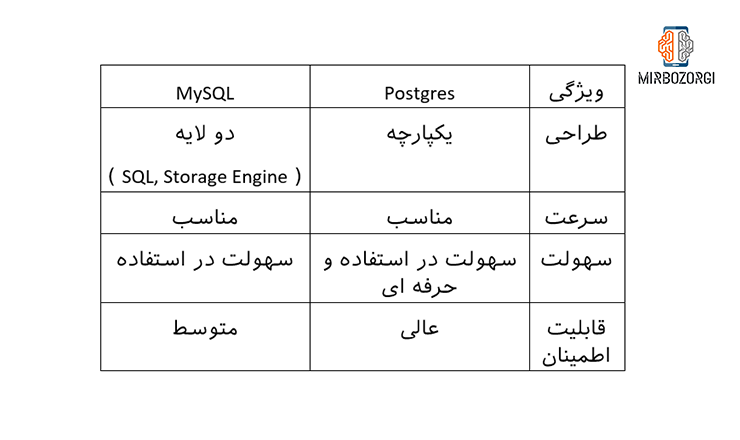
Each of these databases has various advantages and disadvantages, and the choice of each of them in different projects depends on the purpose of that project. But according to what we have said, using Postgres is a better option for you.

NoSQL non-relational DB:
We have already explained to you that before entering any data and information into the SQL DB, you need to create a schema. If your data is cluttered or unclear, instead of editing the data to build the schema, you can use another database, such as NSQL. This type of database has much more flexibility than the SQL database, and you can enter all related information in this special field.
NoSQL in the database, unlike the type of SQL, instead of storing data in the table, stores them in the document, and due to the fact that to store unorganized data such as articles and images in a document, this method is a very good option. On the other hand, with using this database, searching among the data will be much easier. Note that these databases require more processing power and more memory in the database than SQL databases.
Why do we use NoSQL relational DB?
There are many reasons for using this type of database. You cannot use SQL banks if your data is very large. In this case, it is better to replace these types of banks with SQL banks. You can store your data regardless of the size of the data type and also without applying any organization in the NoSQL Relationship Database.
Another advantage of using these types of banks is the storage of various data on the cloud. This advantage will save you a lot of space in your database. Of course, in order to increase the performance of this data storage model, it is better to store the data on different servers. NoSQL databases do not use schemas, the time which is spent for projects will reduce.
NoSQL Relational Types
In the table below, we have brought you four models of NoSQL type DB and listed the important features of each of them for you.
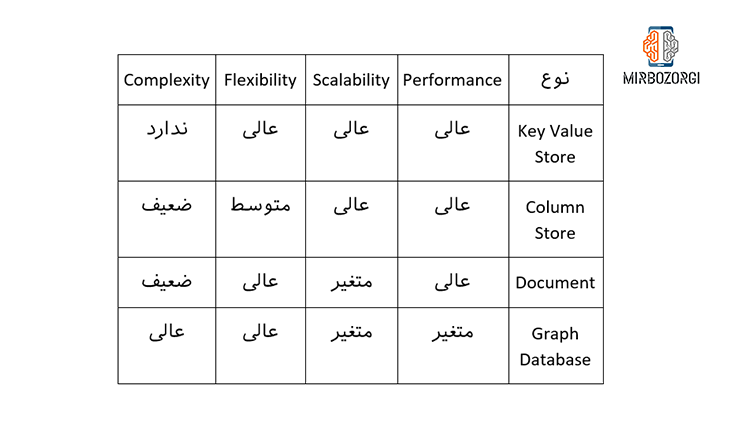
In the Key-Value model, the data in this database includes keys and values that are stored in an unstructured path. Cassandra, Level DB, Azure, and Riak are examples of this type of database. Column Store banks can store data in a database using the Column or wide-column method. In this method, columns are used to store data, which provide the most efficiency to users. BigTable, HBase, and HyperTable can be used as examples of this type of bank.
In document-specific databases, data storage is similar to Key Value databases, but it is more complex. The data in this model is stored in the form of a document with a special key. MongoDB and CouchDB are examples of this type. Finally, graph DB are one of the best ways to store related data in the database. From this model we can mention Polyglot and neo4j.
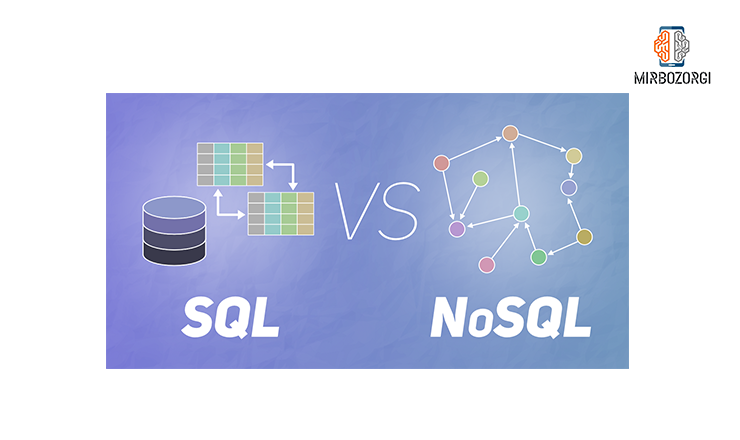
General differences between SQL and NoSQL:
If we want to tell you the differences between this type of database in general, we can bring you these differences as follows.
- SQL databases are referred to as relational databases and NoSQL databases are referred to as non-relational databases.
- Store information in SQL banks is tables and columns and in the NoSQL, database is documents, key-value, graphs, and wide columns.
- You do not need to create a schema to enter the data into the NoSQL Bank, but you need to create a schema in the SQL banks.
- SQL banks emphasize on ACID and noQSL type banks emphasize on implementing the CPA process.
- In an environment such as high-volume applications where high-volume information is transferred, SQL databases are more appropriate.
- For scalability in the relational database you need to change the nature of the database. It is also very time consuming. However, it is much easier to apply any changes to NoSQL databases.
- SQL databases are usually very well supported. Some companies even offer SQL support services formally and exclusively. In contrast, only some database banks have special support NoSQL, and other models of these databases do not have official support are only supported in various Internet forums.
And in the end,
In general, according to the explanations we gave in this article, it is better to use a database such as SQL. If you need to perform certain operations or features in the project, it is best to use the appropriate NoSQL database combinations with the SQL database. Mirbozorgi website intends to provide you with articles and practical experiences so that it can be your guide in learning and troubleshooting your way. Email me if you have any questions.

